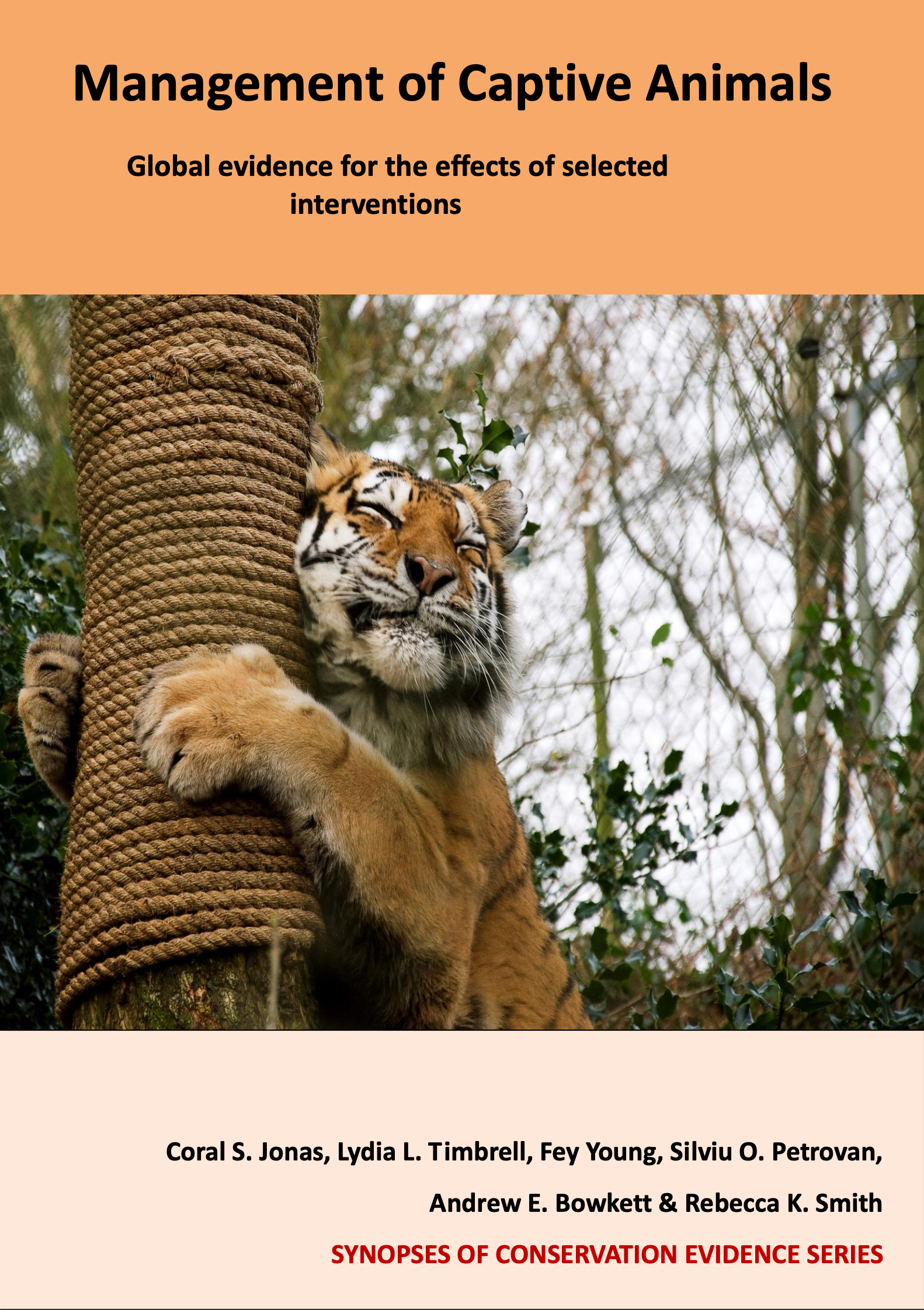Amphibians: Provide artificial aquifers for species which breed in upwelling springs
-
Overall effectiveness category Unknown effectiveness (limited evidence)
-
Number of studies: 1
View assessment score
Hide assessment score
How is the evidence assessed?
-
Effectiveness
50% -
Certainty
15% -
Harms
0%
Study locations
Supporting evidence from individual studies
A small, before-and-after study in 1990–1994 in Dallas, USA found that Texas salamanders Eurycea neotenes bred more successfully in an aquarium with an artificial aquifer compared to without, although no statistical tests were carried out. With access to the aquifer one female deposited eggs in April 1993 (number not reported), a second female laid 40 eggs in May, and 50 in March 1994. Without access to the aquifer one female laid 19 eggs in February 1991 but no other breeding activity was observed. Prior to 1993, salamander pairs had been kept within one of three aquariums, one with gravel substrate, one heavily planted with aquatic plants, and one with partially buried rocks and rock shards. The only eggs laid were in the planted aquarium, fixed singly to live plants. In 1993, two pairs of salamanders were placed in an aquarium with a 1.2 m long acrylic tube filled with limestone shards attached to the bottom. Water was pumped up through this aquifer to replicate an upwelling spring.
Study and other actions tested
Where has this evidence come from?
List of journals searched by synopsis
All the journals searched for all synopses
This Action forms part of the Action Synopsis:
Management of Captive Animals
Management of Captive Animals - Published 2018
Captive Animal Synopsis





)_2023.JPG)














